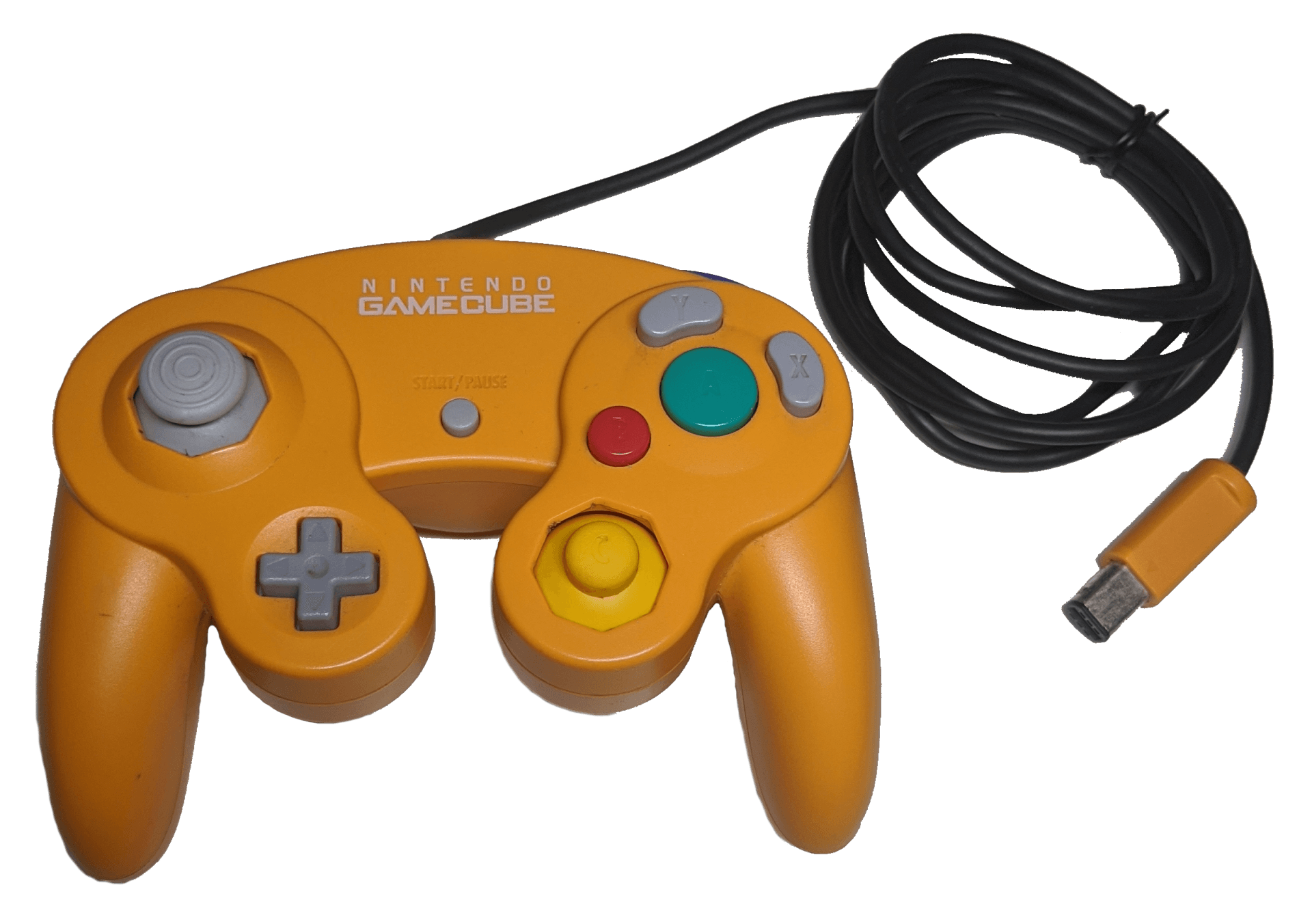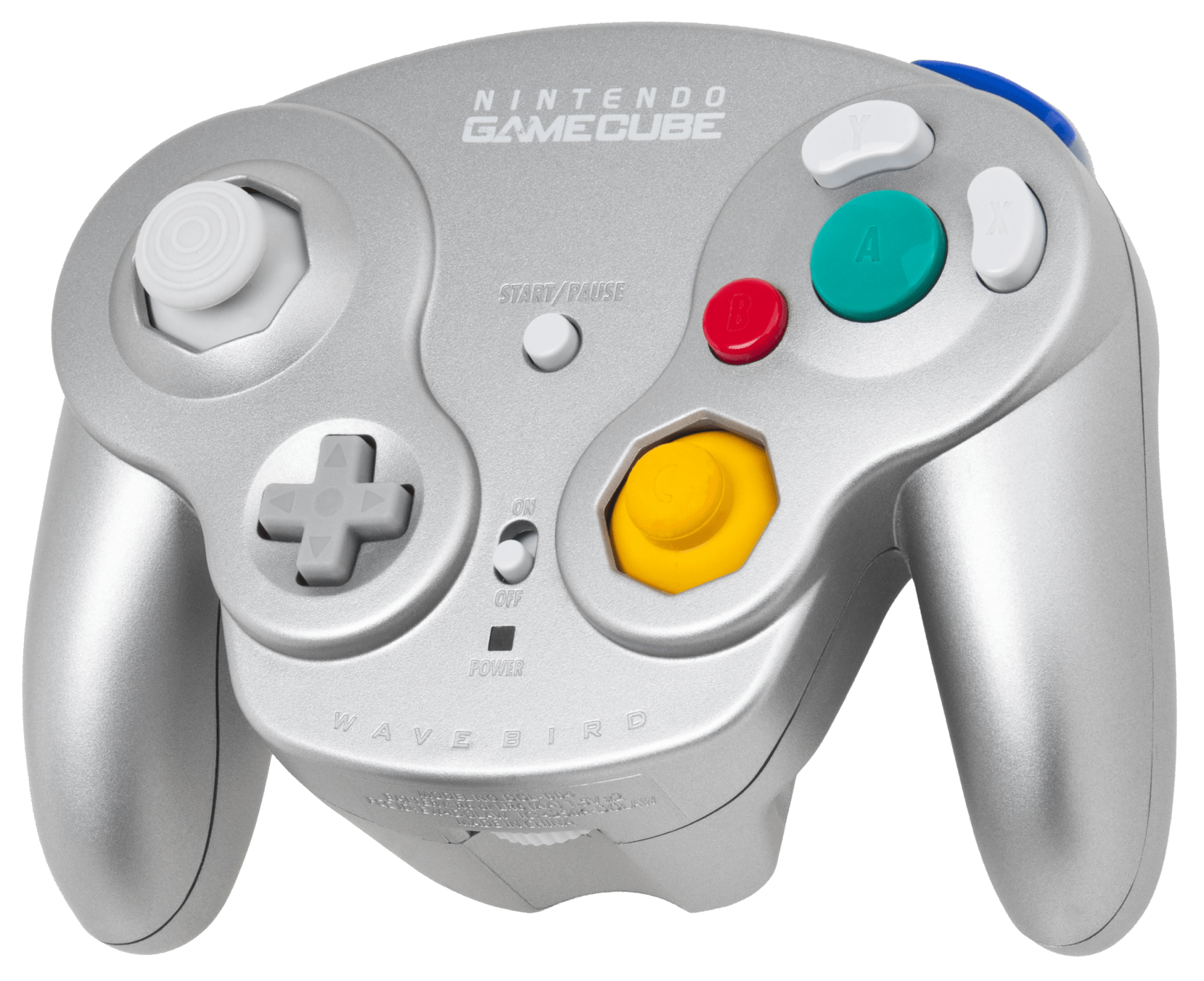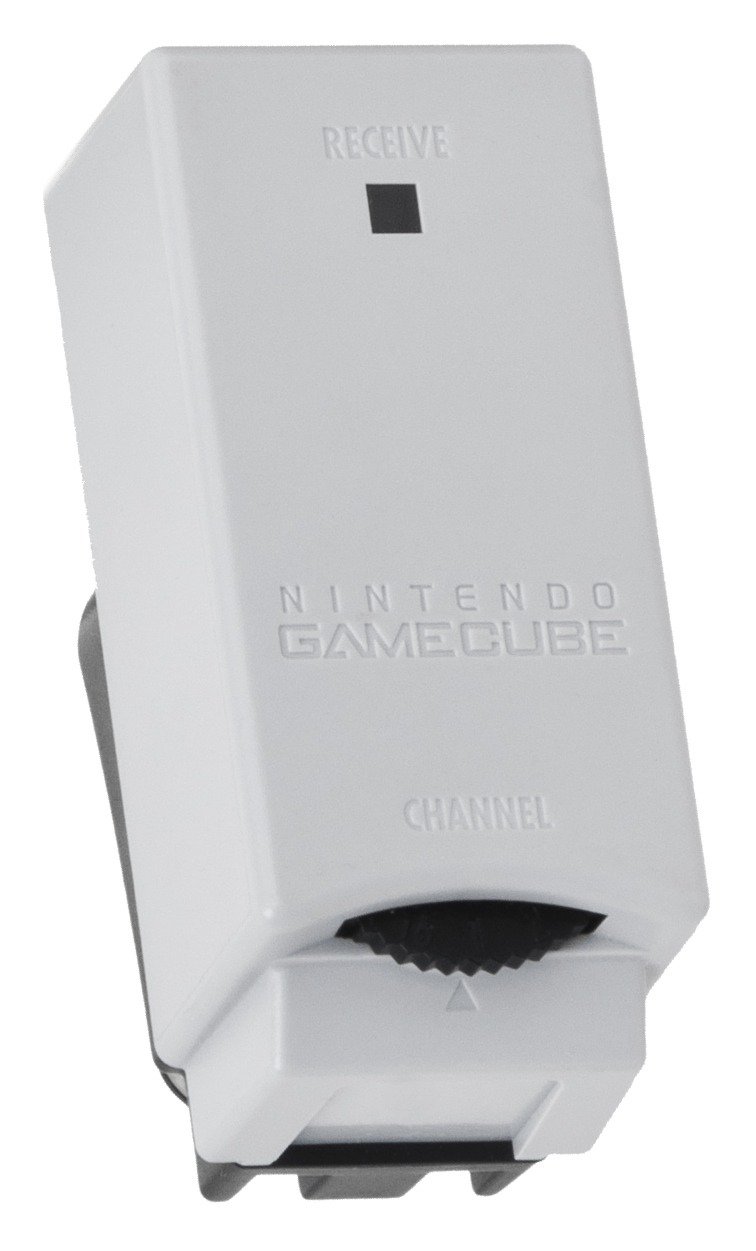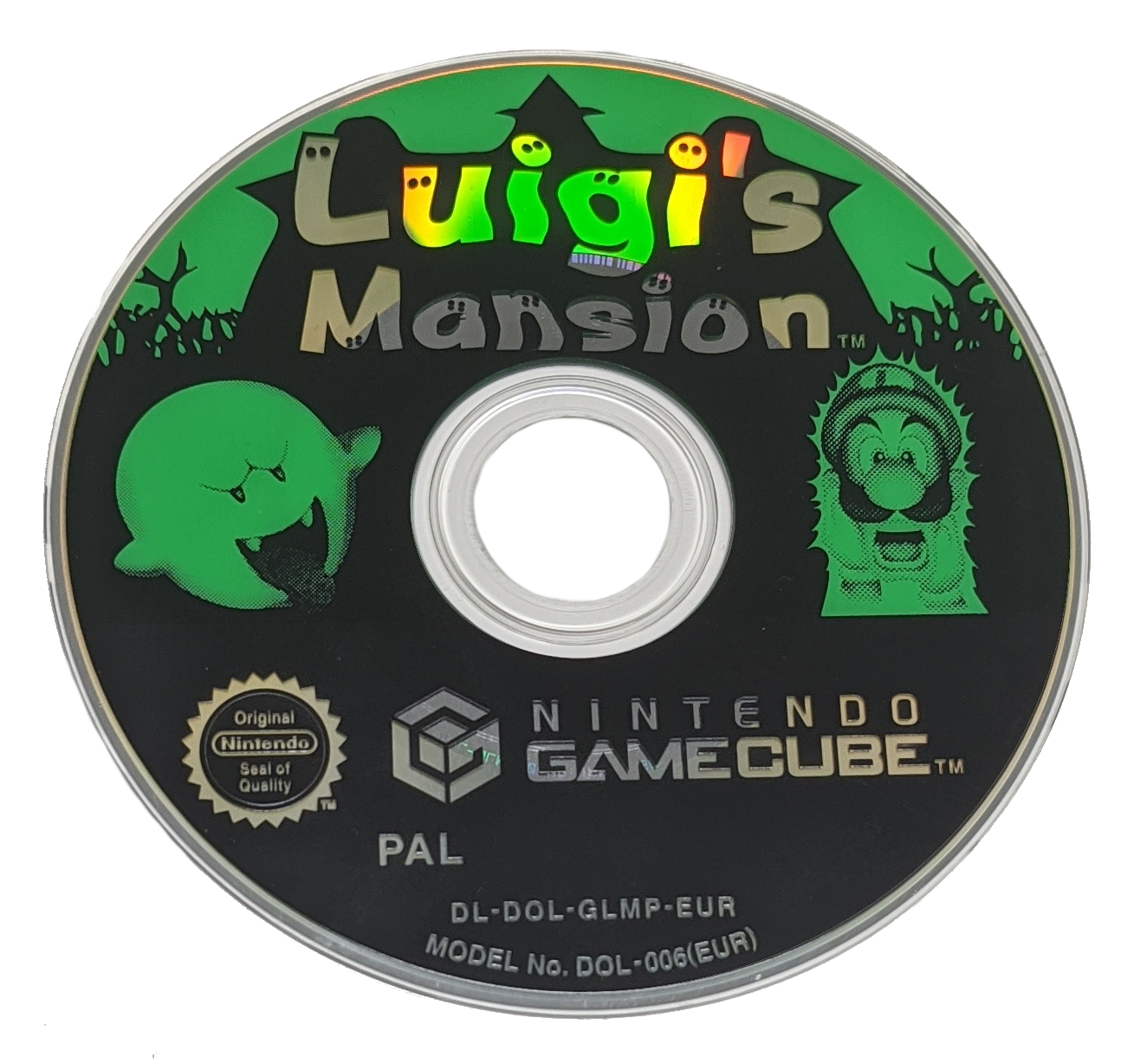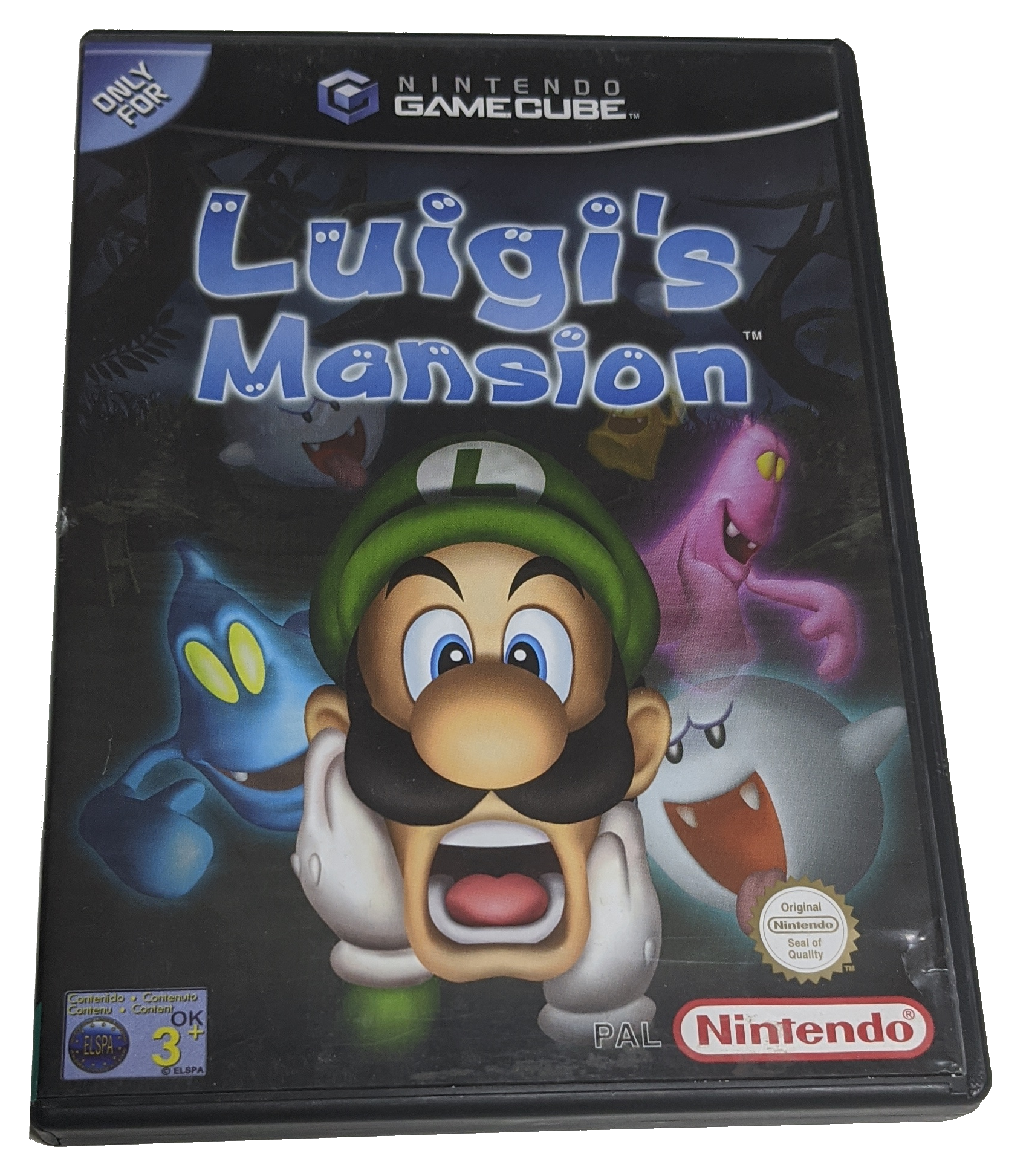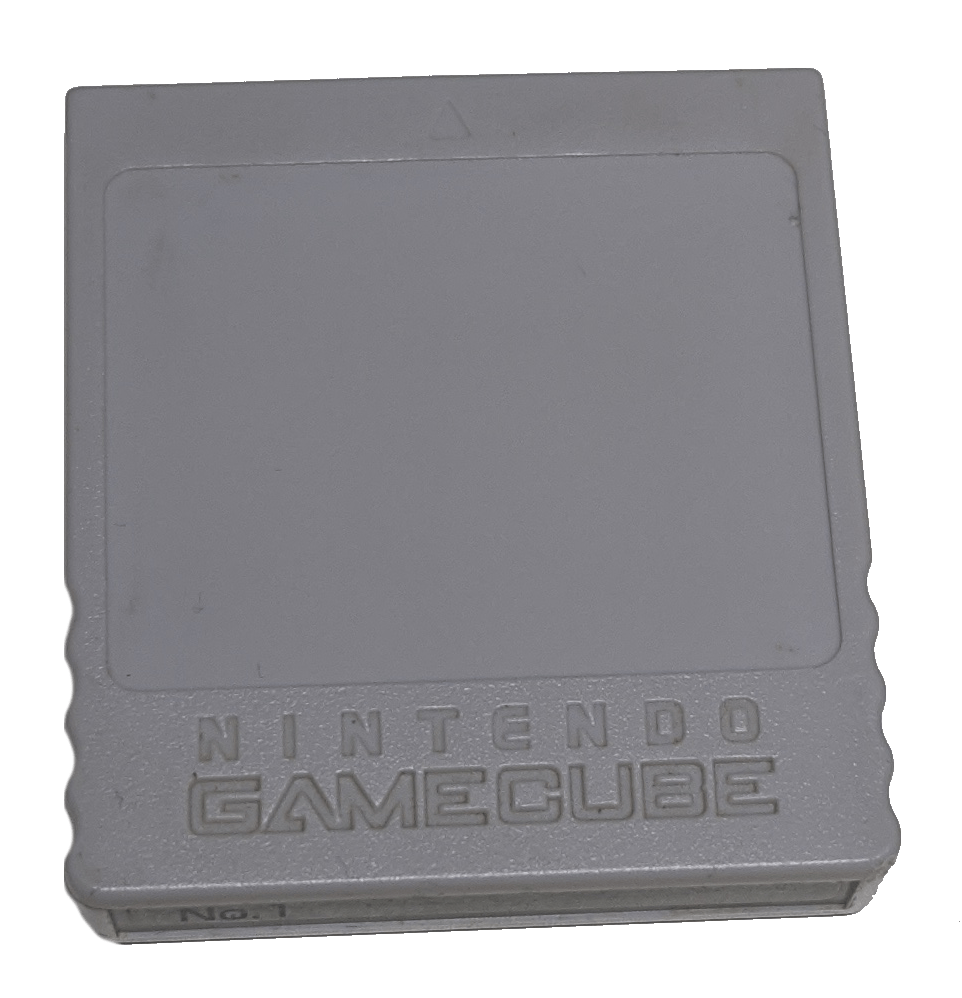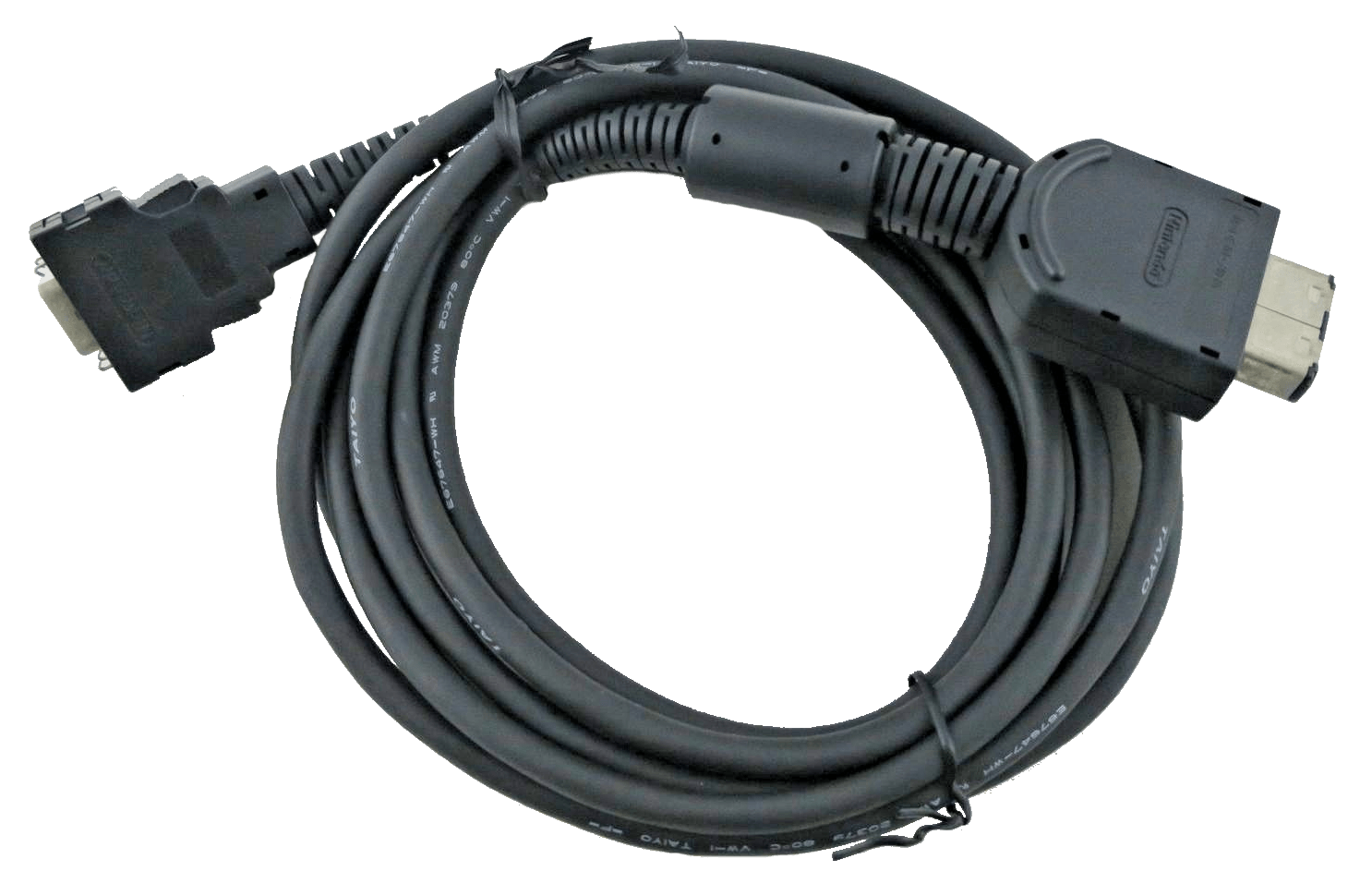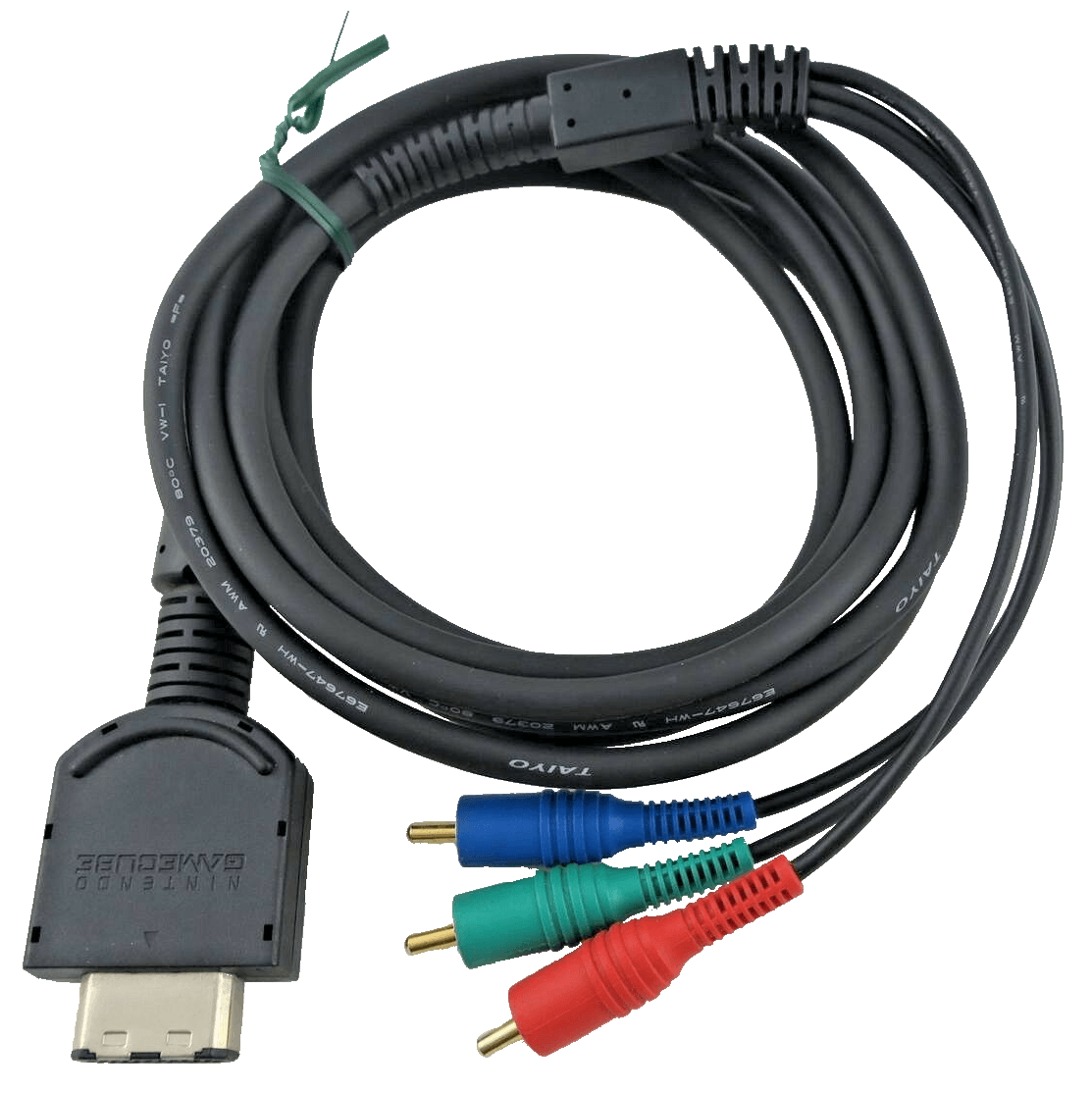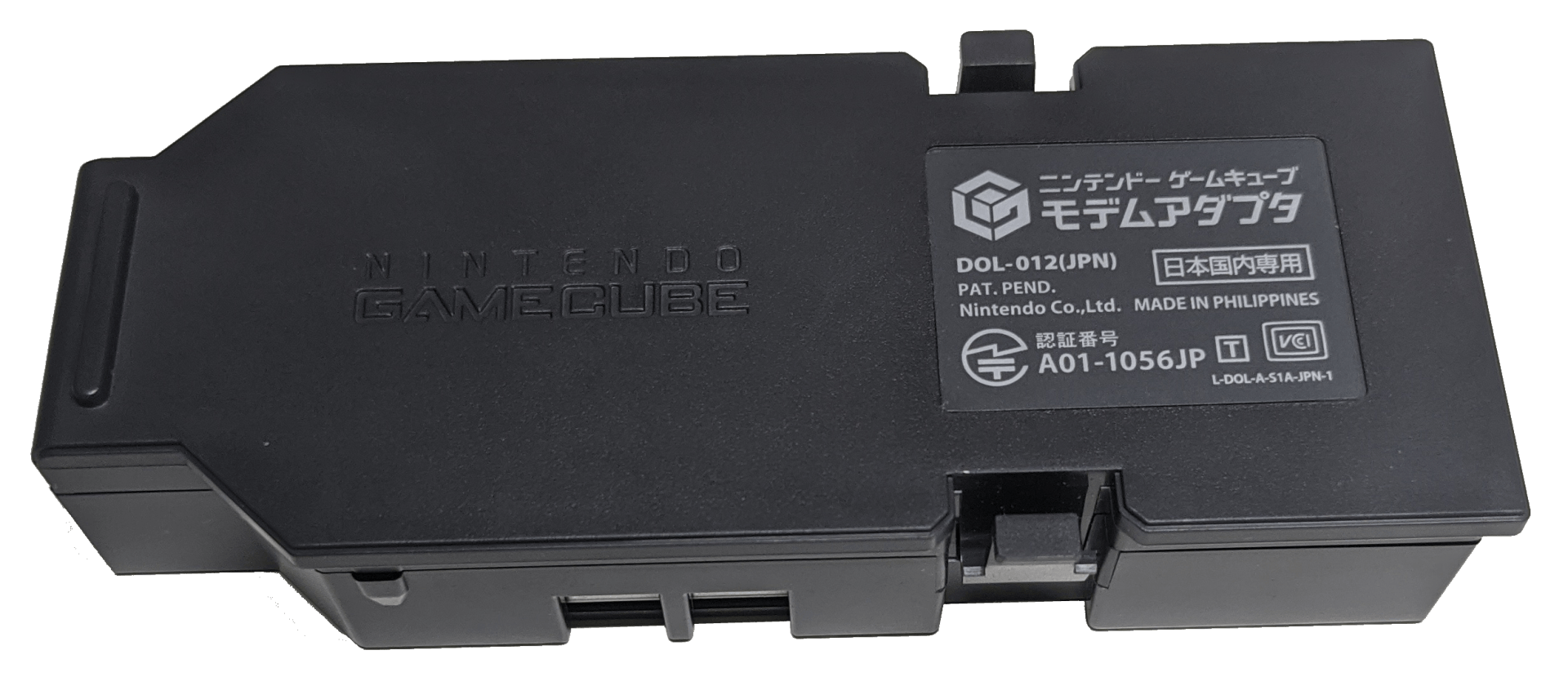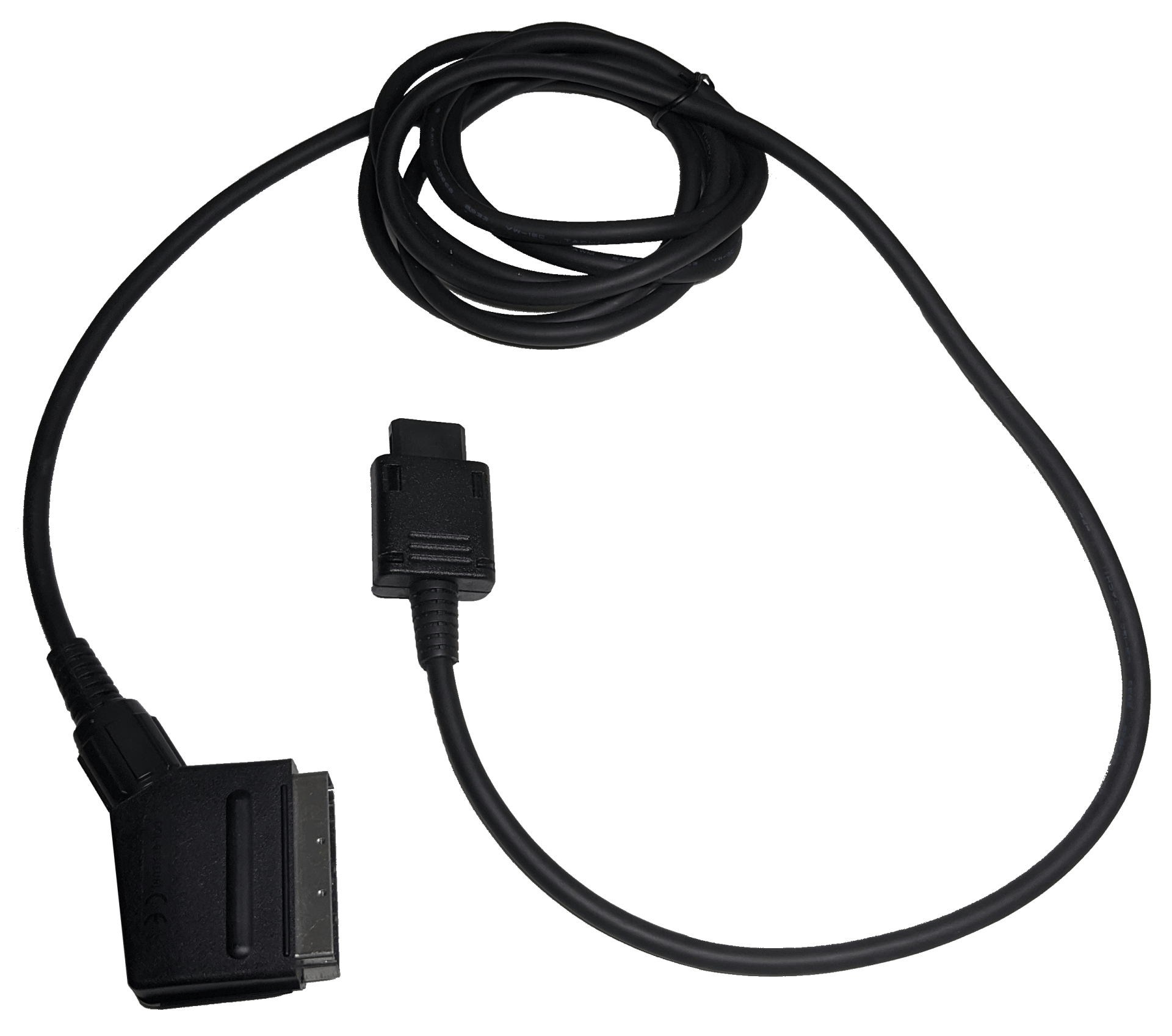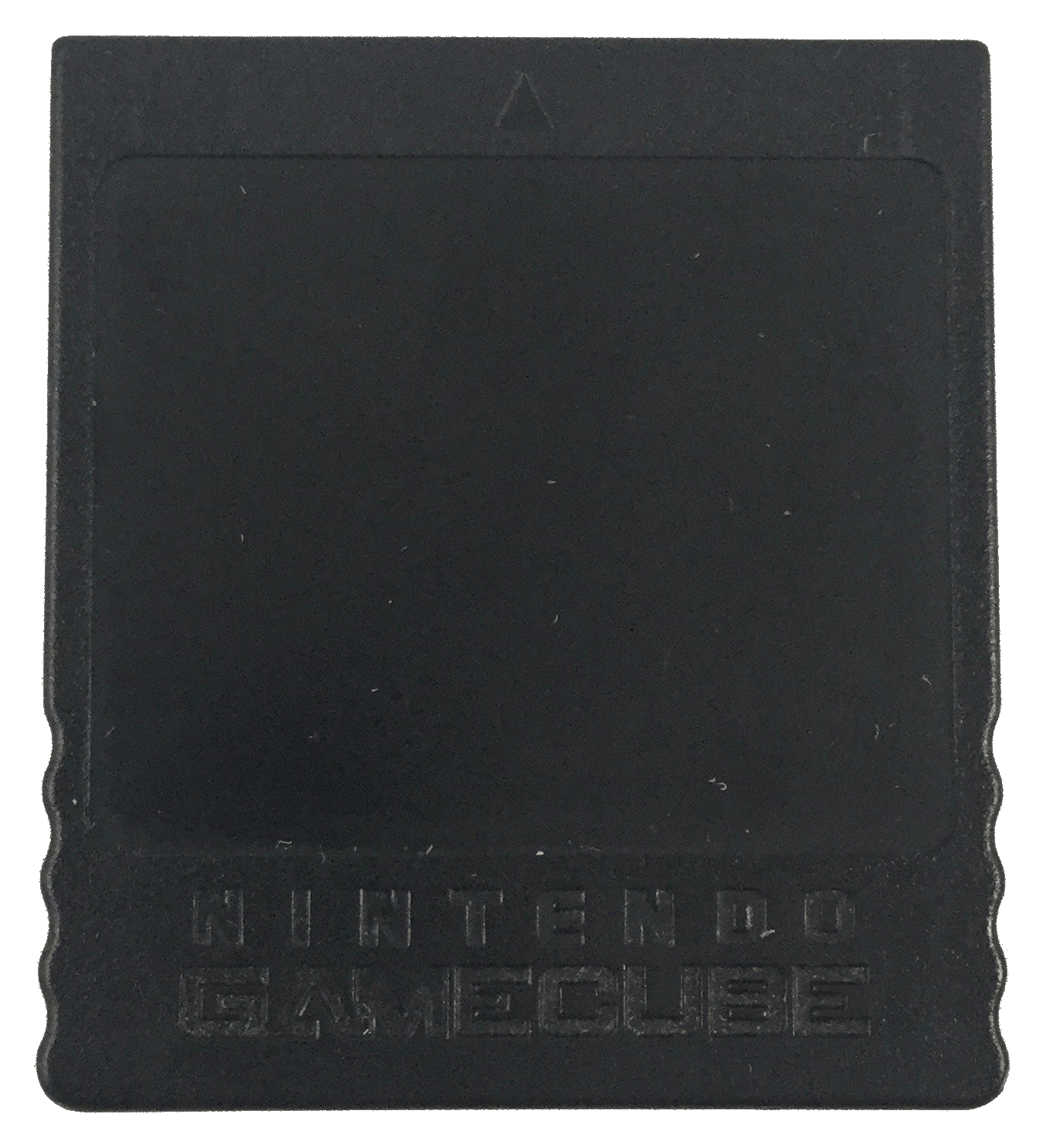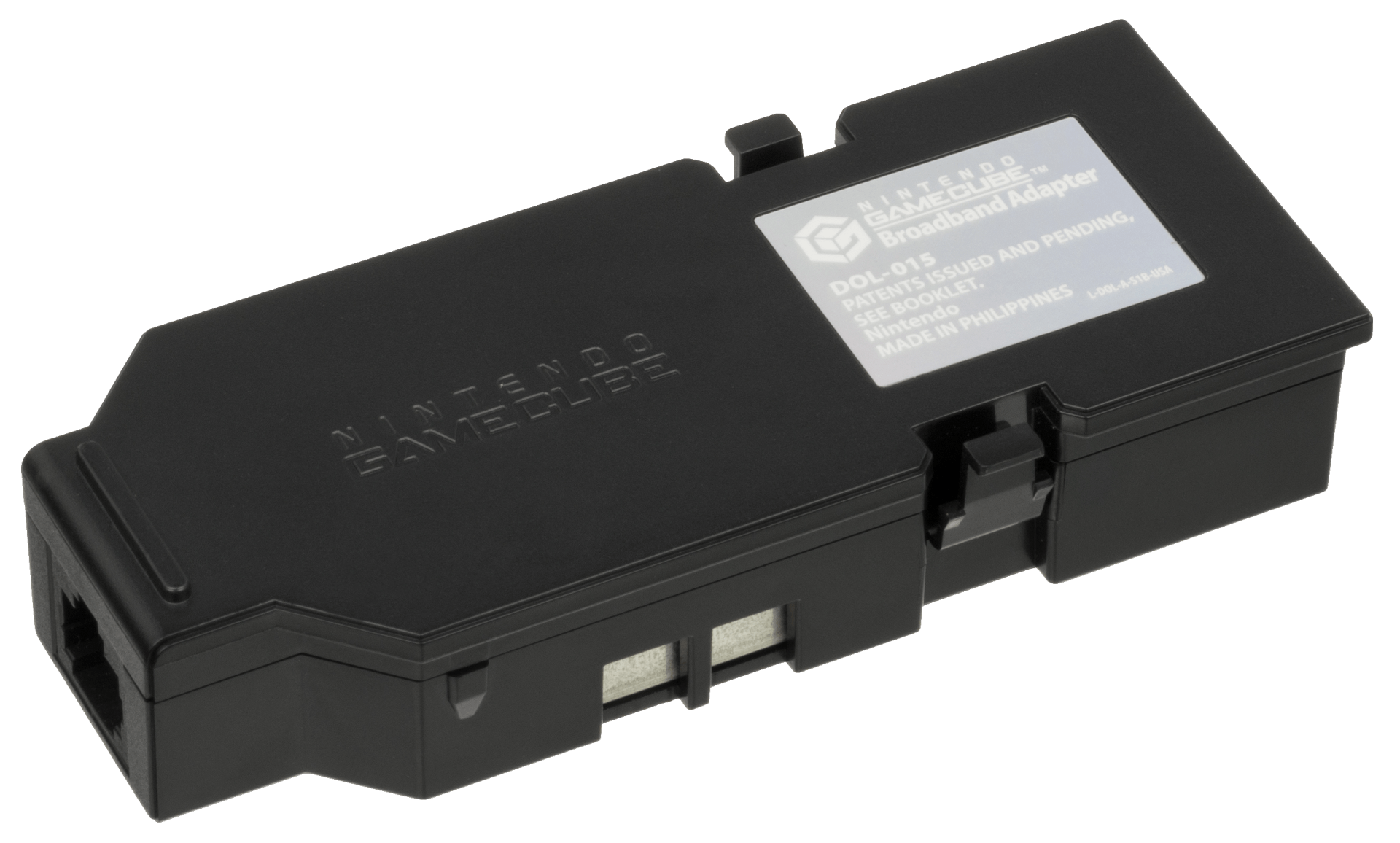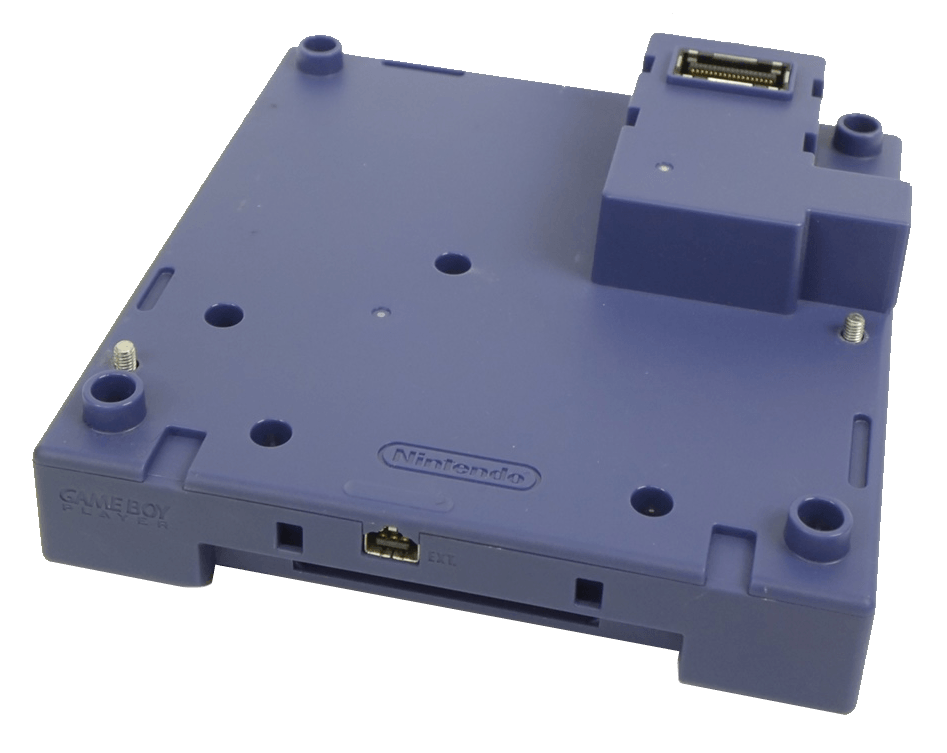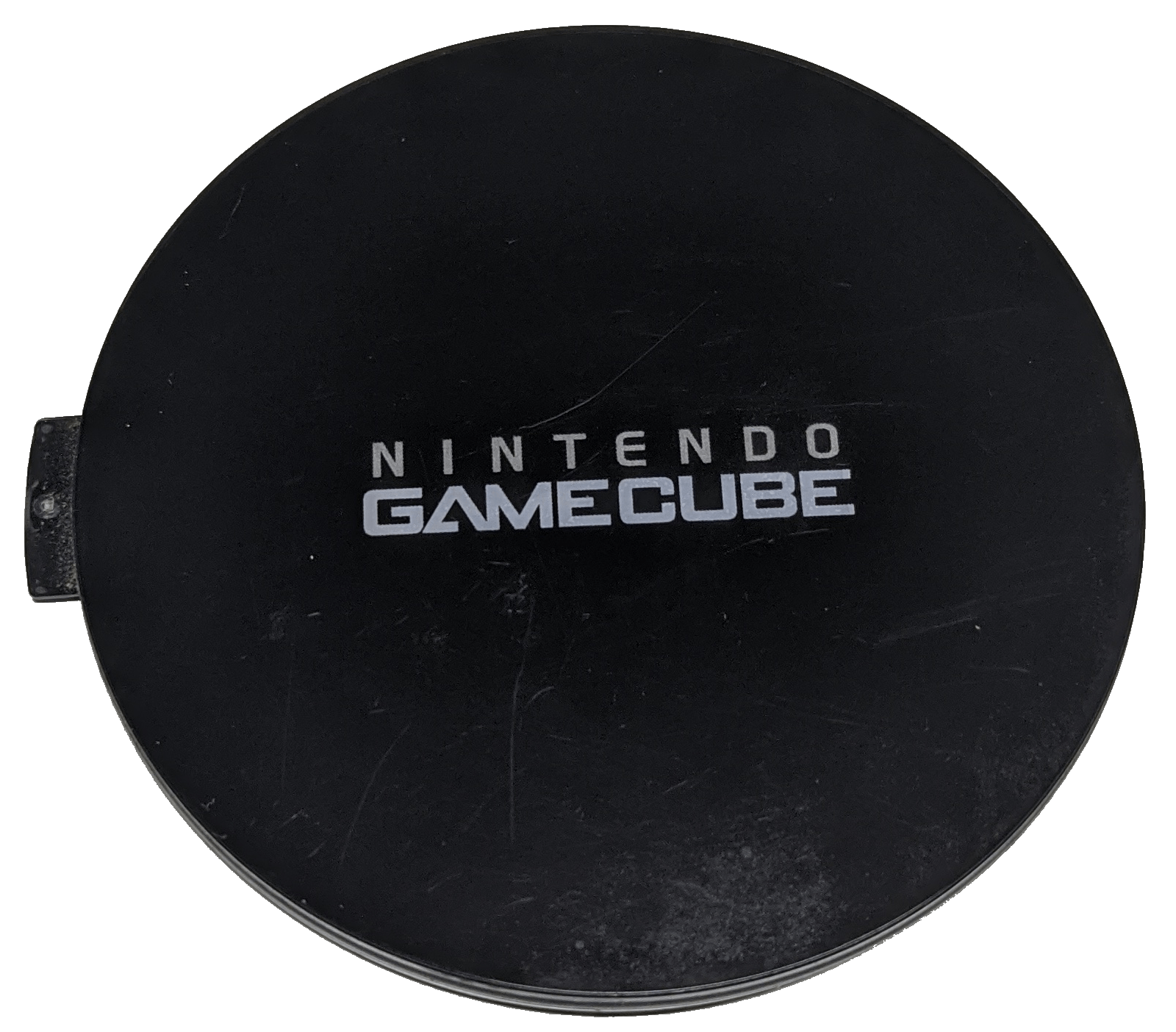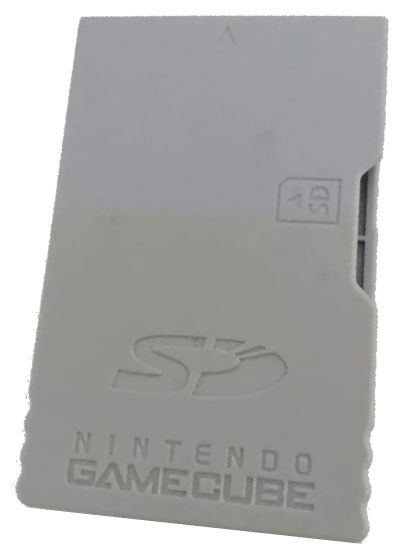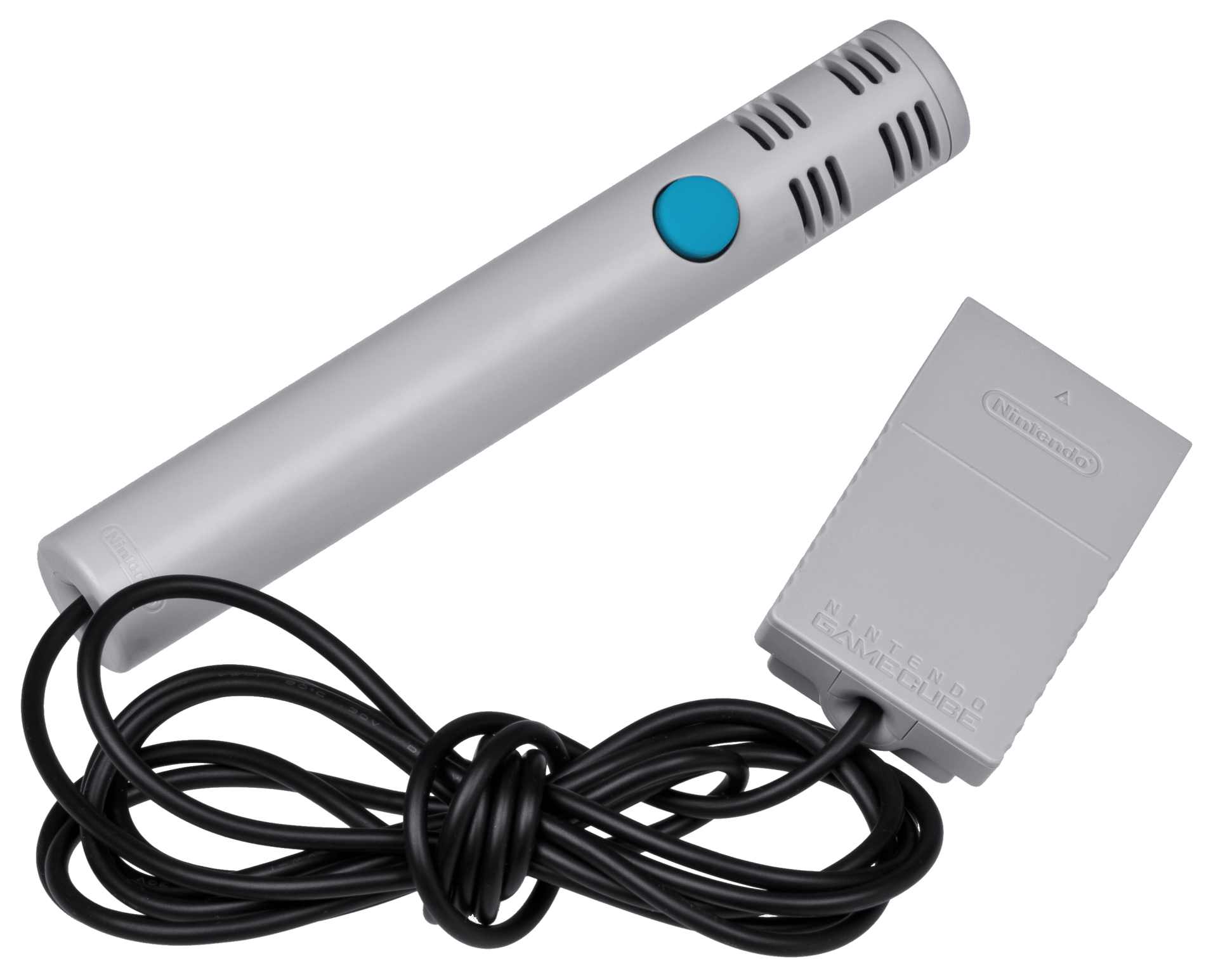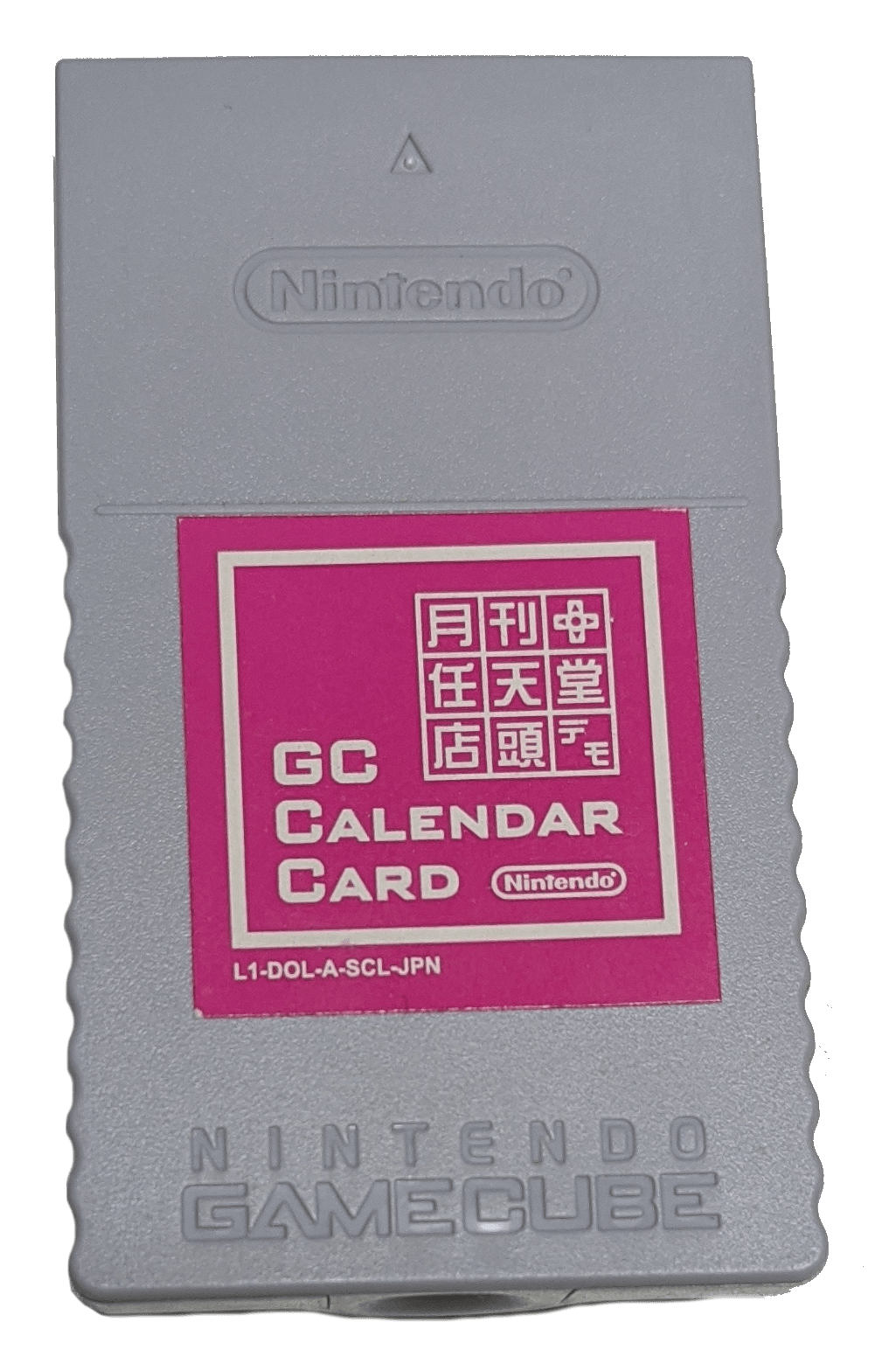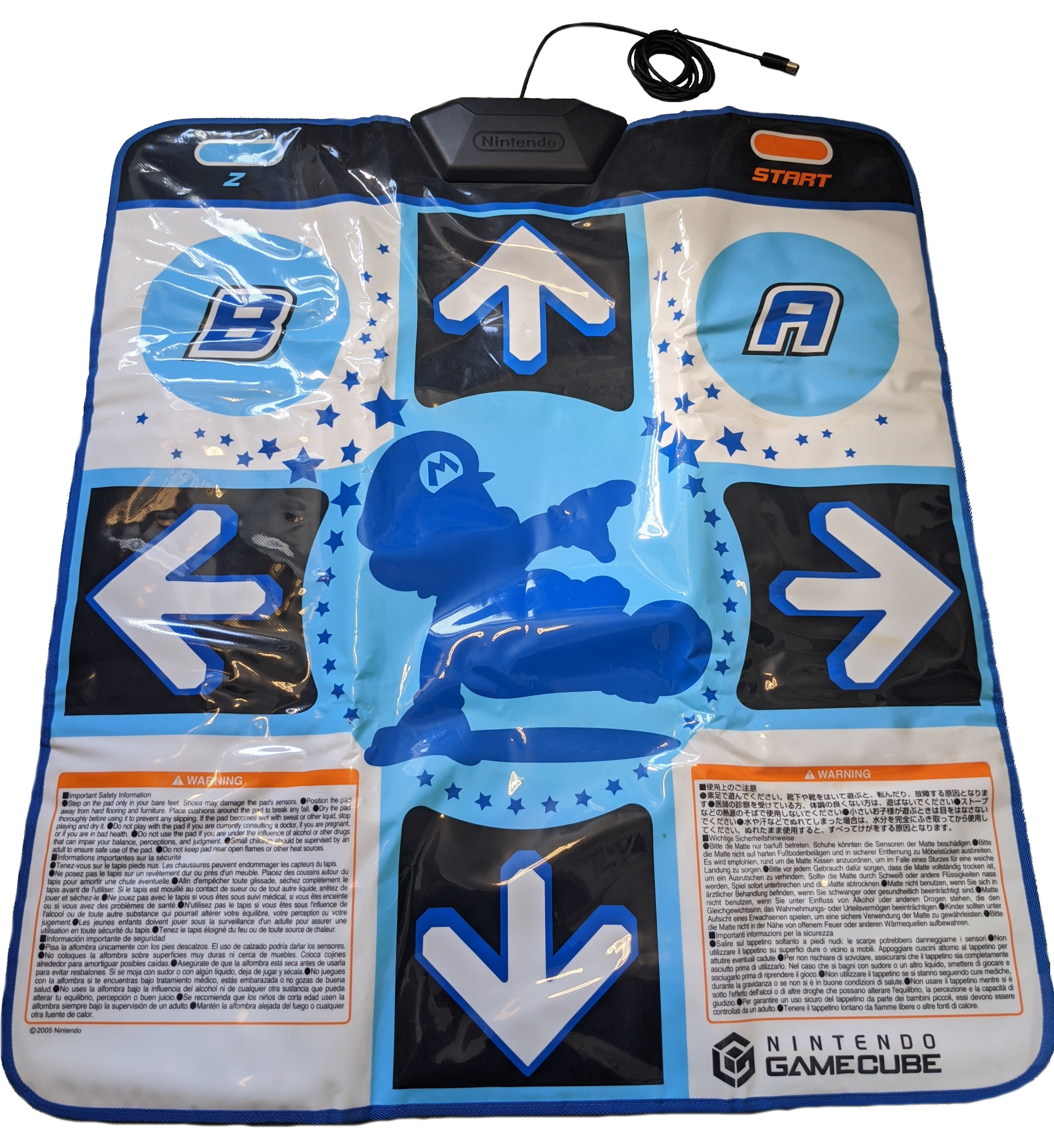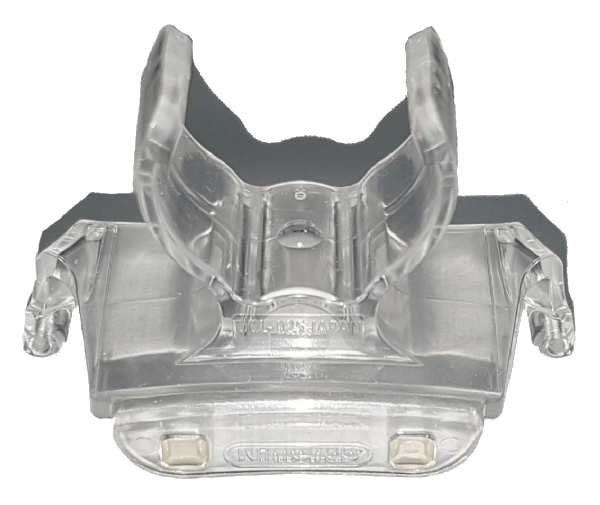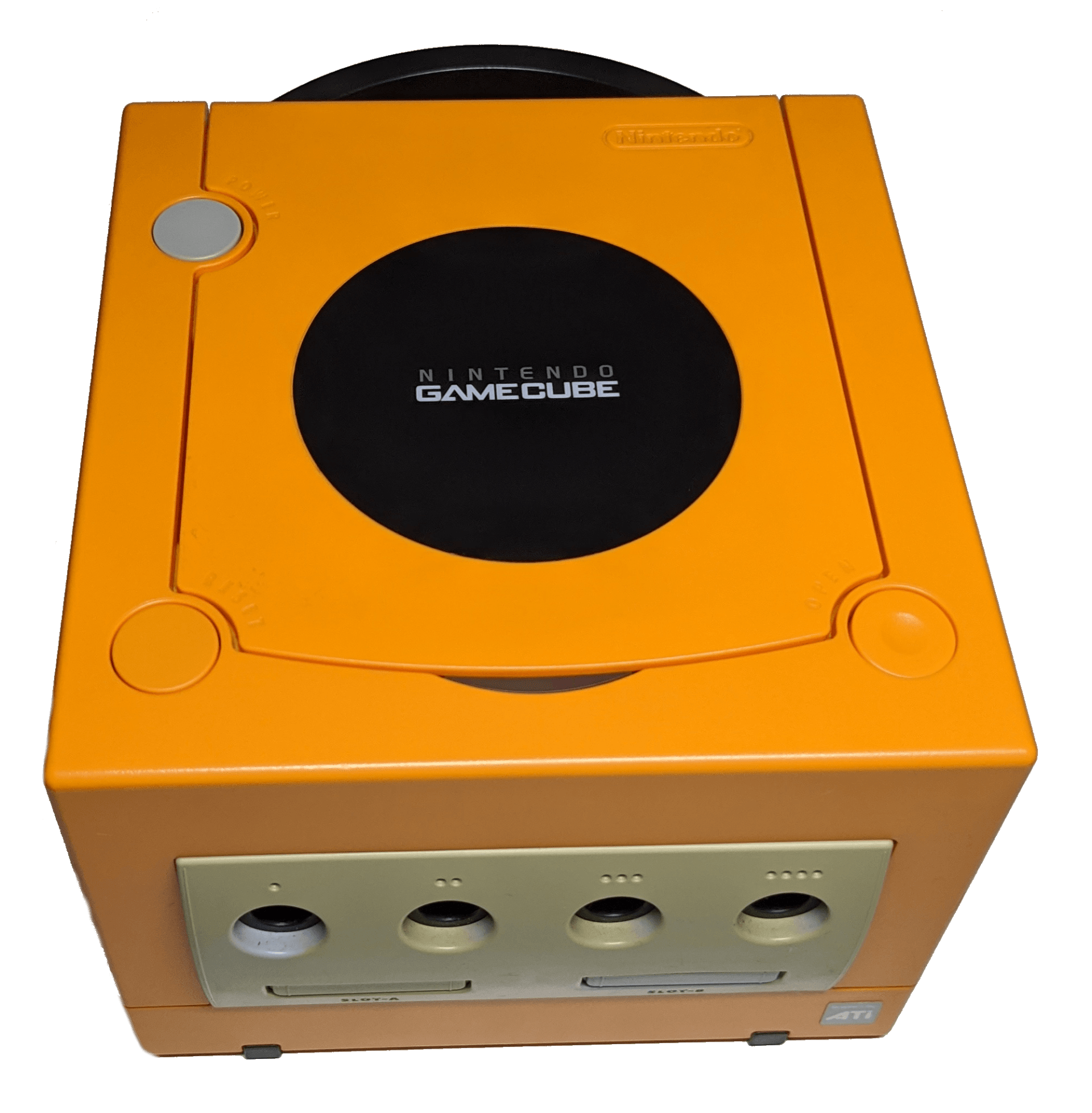Welcome to Luckless Heaven! This website is (soon to be) the biggest encyclopedia for Nintendo-related information on the Internet. Currently under construction.
Nintendo GameCube
The Nintendo GameCube is the first Nintendo console to use optical discs as the medium for playing games, rather than cartridges, a feature that the Nintendo 64 was heavily criticised for. However, these optical discs were much smaller than standard DVD discs, in an effort to prevent piracy. The Nintendo GameCube was developed to capable of stable high performance, and to be easy to develop, once again addressing several of the issues that third party developers had with the Nintendo 64. The Nintendo GameCube was also the first Nintendo console to a built-in RTC (real-time clock), so that games could change based around the current time and date.
Nintendo GameCube Controller
The Nintendo GameCube controller is one of Nintendo's most popular controllers. The controller features ABXY buttons and a D-pad, but also has three shoulder buttons and has two joysticks (vastly improved since the Nintendo 64 controller). Two of the shoulder buttons are analogue, meaning the controller can detect exactly how much pressure is being applied to the button. The GameCube controller also has a built-in rumble motor, which rumbles according to what is occurring in the game. The popularity of the GameCube controller has led to it being usable with the Wii via built-in ports and the Wii U and Switch using the GameCube Controller Tap, often used to play "Super Smash Bros.". The colour of the GameCube controller always matches the colour of the GameCube console it was bundled with.
DOL-003(-01)
This model of the Nintendo GameCube controller is exactly the same as the standard model, but features a 3m long cable instead of a 2m long cable. These controllers have been sold since 2008, implying that they were meant to be used with the Wii and future consoles.
WaveBird Wireless Controller
The WaveBird is a wireless controller that can be used for approximately 100 hours with a standard pair of AA batteries. The WaveBird can also be powered using the Game Boy Advance battery pack (AGB-003), but this only lasts for approximately 50 hours. There's a dial at the bottom of the controller that changes wireless communications between 16 channels, so that the WaveBird Wireless Controller can communicate with the Wireless Receiver without interfering with other wireless devices. Overall, the WaveBird Wireless Controller functions identically to the standard Nintendo GameCube Controller, but it lacks a built-in motor for rumble.
Nintendo GameCube Disc Case
The cases that the game discs come in. They're the same size as other standard DVD disc cases. These cases will usually also contain instruction guides, adverts for other Nintendo GameCube games and codes for Club Nintendo.
DOL-007(-01)
This variant of disc case has slots for two discs, either used to include bonus game discs with certain games, like the American versions of "Mario Kart: Double Dash" and "Metroid Prime", or used for games that are so large, they require two discs to be played fully, such as "Baten Kaitos Origins". This model code doesn't appear for European disc cases, since a second disc slot is implemented via a moveable plastic flap, rather than being integrated into the actual disc case.
DOL-007(-02)
This variant of disc case has a slot for a Game Boy Advance cartridge, exclusively used for the "Game Boy Player" software, which enables the Nintendo GameCube to play Game Boy Advance games. This model code only appears in Japanese copies of "Game Boy Player".
Modular Cable
The Modular Cable is a 4m long telephone cord that comes packaged with the Modem Adapter in regions outside of Japan. The Modem Adapter in Japan instead came packaged with the Famicom Modular Cable (HVC-053), originally used with the Famicom Network System and later repurposed for the Nintendo 64DD expansion. There's realistically nothing special about either cable, and a normal telephone cable can be used in their place.




